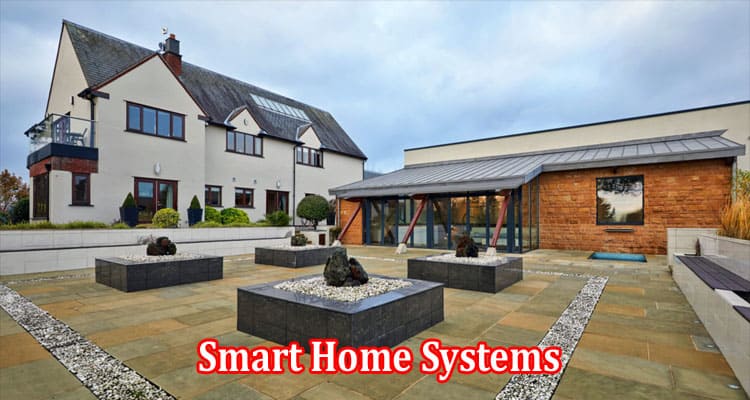In the era of digital advancement, the concept of smart home systems has revolutionized the way we interact with our living spaces. Smart home systems refer to a collection of interconnected, automated devices that enhance the functionality of a home. This segment will explore the evolution of home automation, from basic remote controls to the sophisticated systems we see today.
Key Features of Smart Home Systems
The backbone of any smart home system is its features. Central to these are automation and control, allowing homeowners to manage various aspects of their home environment remotely. Connectivity and integration are crucial, enabling devices to communicate with each other and work in unison. Security and safety features are also paramount, providing peace of mind to users.
Smart home systems are designed to bring convenience, efficiency, and enhanced functionality to everyday living. Here are some of the key features that define these systems:
- Automation and Control: This is perhaps the most defining feature of smart home systems. Automation allows devices within the home to operate independently based on user preferences or pre-set schedules. For example, smart thermostats can adjust the temperature based on the time of day or occupancy, while smart lighting systems can turn lights on and off automatically. The control aspect allows homeowners to manage these devices remotely, often via a smartphone app, enabling them to adjust settings, turn devices on or off, or monitor their home while away.
- Connectivity and Integration: Smart home devices are interconnected, often through a central hub or over a home network. This connectivity ensures that devices can communicate with each other and work together seamlessly. For instance, a smart security camera can trigger lights to turn on if it detects motion. Integration extends to compatibility with wider ecosystems, like voice assistants (Amazon Alexa, Google Assistant) or other smart devices, creating a cohesive and functional smart home environment.
- Security and Safety: Smart home systems enhance home security and safety in several ways. Smart locks can allow keyless entry and provide alerts when someone enters or leaves the home. Surveillance cameras offer real-time monitoring and recording capabilities. Additionally, smart smoke detectors and water leak sensors provide early warnings of potential hazards, helping to prevent disasters and enhance overall safety.
- Energy Efficiency: Many smart home devices are designed with energy efficiency in mind. Smart thermostats learn your schedule and preferences to optimize heating and cooling, reducing energy consumption. Similarly, smart lights can adjust brightness based on the time of day or occupancy, and smart plugs can turn off standby power to appliances, all contributing to lower energy bills and a reduced environmental footprint.
- Customization and Personalization: Smart home systems offer a high degree of customization, allowing users to tailor the functionality to their specific needs and preferences. This can include setting routines (like having the coffee maker turn on at a certain time each morning) or creating scenes where multiple devices operate together based on specific triggers (like a “movie night” scene where lights dim and the TV turns on).
- User-Friendly Interface: Most smart home systems are designed with user experience in mind, offering intuitive interfaces that make it easy for people of all tech skill levels to set up and manage their devices. This user-friendly aspect is crucial for ensuring that the benefits of smart technology can be fully realized by a broad audience.
Benefits of Implementing a Smart Home System
Smart home systems offer numerous advantages. Enhanced security through surveillance and alarm systems ensures homeowners feel safer. Energy efficiency is achieved through smart thermostats and lighting, reducing utility costs. Furthermore, these systems offer unparalleled convenience and comfort, making daily tasks simpler and more enjoyable.
Challenges and Considerations
However, adopting smart home technology is not without its challenges. Privacy concerns are at the forefront, with the potential for data breaches and surveillance issues. The cost of installation and ongoing maintenance can also be significant. These factors must be carefully considered before transitioning to a smart home setup.
The Future of Smart Home Technology
The horizon of smart home technology is continuously expanding. Emerging trends like AI integration and IoT advancements promise to further enhance the capabilities of smart home systems. This section will speculate on these potential developments and their impact on our daily lives.
Conclusion
Smart home systems represent a significant leap forward in home automation, offering a blend of security, efficiency, and convenience. As technology continues to evolve, these systems will become even more integrated into our daily lives, redefining the concept of a modern home.




